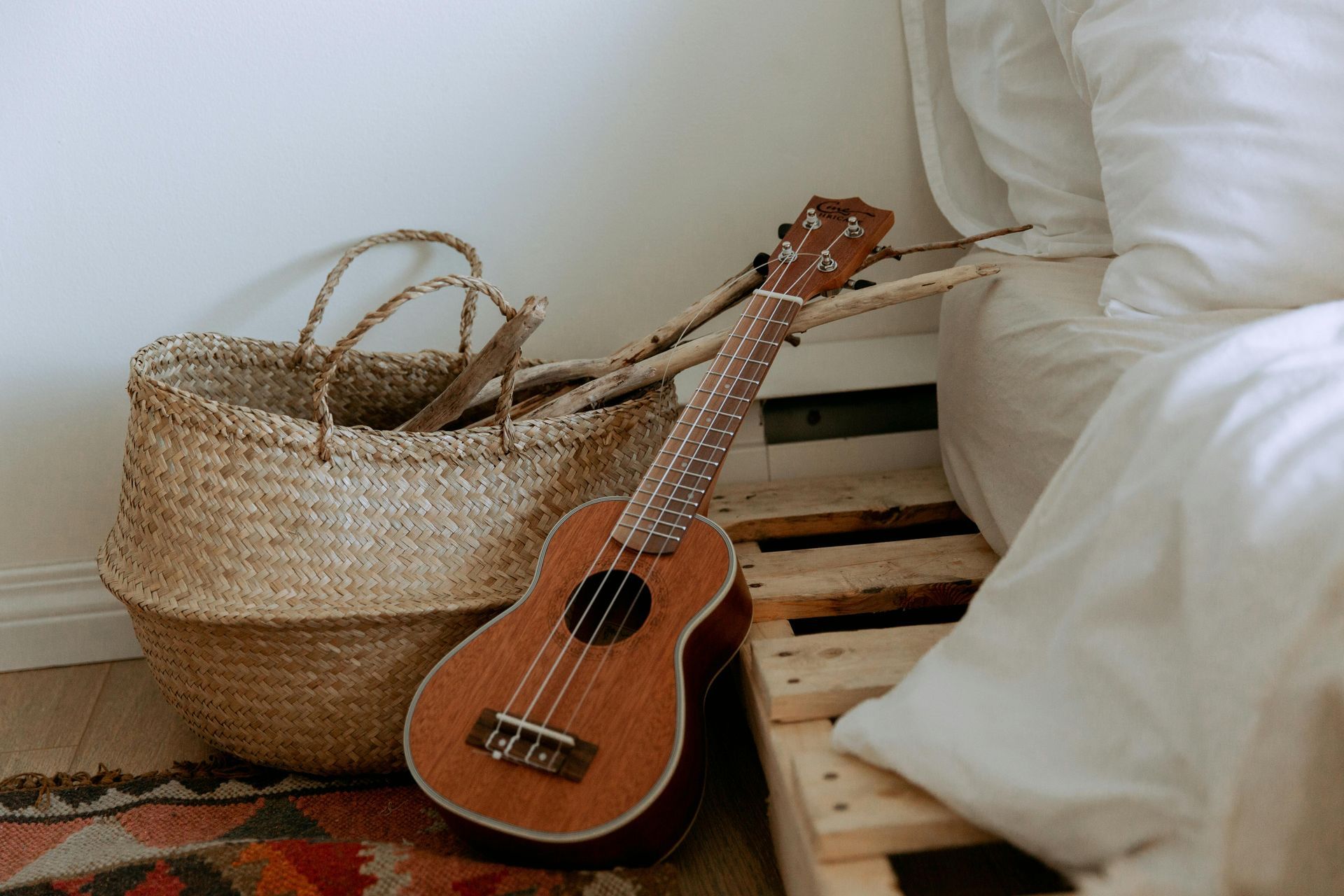Top 5 Mistakes When Soloing: What Beginners Should Avoid
Learning to play lead guitar is exciting, but many beginners fall into common traps that hold back their progress. By recognising and fixing these mistakes early, you can develop more musical, expressive solos right from the start…

1.
Playing Too Fast, Too Soon
The most common mistake is prioritising speed over clarity and musicality. When you push beyond your current technical ability, notes become sloppy, timing suffers, and your solo loses its impact.
What to do instead…
Start slow and focus on making each note sound good. Use a metronome and gradually increase speed only when you can play cleanly at the current tempo. Remember that a few well-placed, clear notes will always sound better than a flurry of messy ones.

2.
Ignoring The Backing Track
Many beginners play their solos as if the backing track doesn't exist, ignoring the chord changes, rhythm, and overall feel of the song. This creates solos that sound disconnected from the music.
What to do instead…
Listen carefully to what's happening underneath your solo. Try to emphasise chord tones (notes that belong to the current chord) when the chords change. Let the mood of the backing track influence your playing - if it's mellow, your solo should probably reflect that.

3.
Always Starting at the Beginning of the Scale
When first learning scales, beginners often run up and down from the lowest note to the highest in a predictable pattern. This creates solos that sound like exercises rather than music.
What to do instead…
Start your phrases from different positions within the scale. Try beginning on the 3rd or 5th note instead of always the root. Think of your scale as a palette of available notes rather than a fixed pattern that must be played in order.

4.
Using Too Many Notes
The tendency to fill every space with as many notes as possible is common among beginners. This creates busy, cluttered solos with no room to breathe.
What to do instead…
Embrace space. Think of your solo as a conversation… good conversations include pauses. Let some notes ring out. Try playing a short phrase, then leaving space before your next idea. These spaces give listeners time to appreciate what you've just played.

5.
Neglecting Phrasing and Expression
Many beginners focus so much on hitting the "right" notes that they forget about how they play those notes. Without expressive techniques, solos sound mechanical and lifeless.
What to do instead…
Explore techniques that add expression… gentle string bends, vibrato, slides, hammer-ons and pull-offs. Even simple dynamics (playing some notes louder than others) can dramatically improve your solos. Listen to singers for inspiration - they naturally use these techniques to make melodies expressive.
Remember, great solos tell a story. They have a beginning, middle and end, with moments of tension and release.
By avoiding these common mistakes and focusing on musicality rather than technical showing off, your solos will connect with listeners in a much more meaningful way.










